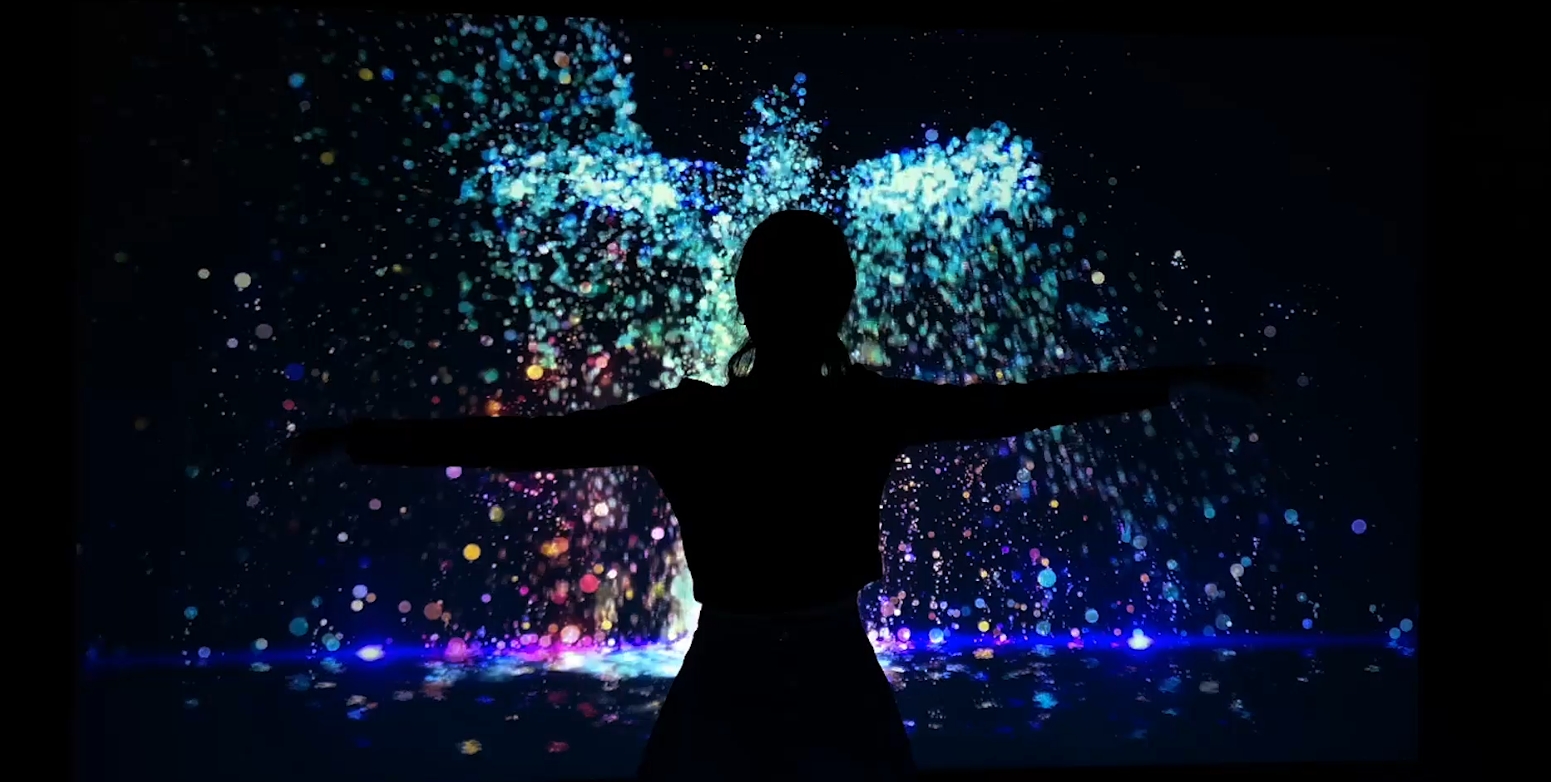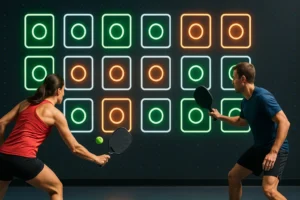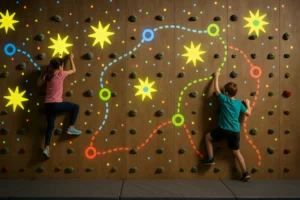Interactive dance mapping walls have captivated audiences worldwide by blending technology, art, and human movement. These installations create a space where participants can become part of the art itself, taking selfies and creating dynamic light particle effects in real-time.
What Is an Interactive Dance Mapping Wall?
An interactive dance mapping wall, at its core, is an artistic display that reacts to movement through advanced motion sensors and projection technology. As people move or dance in front of the wall, the system maps these motions and translates them into an array of visual effects, including particles of light, waves, and shapes. It feels like stepping into an interactive video game or digital art canvas that responds dynamically to every move you make.
Key Features Include:
- Motion Detection Sensors: These sensors capture body movements in real time.
- Projection Mapping Software: Custom software projects dynamic light effects onto a surface, creating a visual art show.
- Dynamic Selfie Function: The setup often includes selfie features, where users can take interactive pictures amidst the art they help create.
Imagine walking into a room and seeing your silhouette transformed into a cascade of shimmering light particles. This revolutionary concept takes traditional art exhibits to the next level, offering participants not just an experience to view but an immersive adventure to live.

The Technology Behind the Dynamic Selfie Wall
The magic of interactive dance walls comes down to high-tech systems that work in harmony. The hardware and software collaborate to transform movements into stunning visual displays, engaging users and viewers alike. But what exactly powers this dynamic canvas?
Core Components:
- Motion Sensors: High-precision sensors, such as infrared or depth cameras, track movements with unparalleled accuracy.
- Dynamic Particle Canvas Software: This software analyzes sensor data to render visuals that match user movements.
- High-Quality Projectors: These projectors bring the art to life by displaying bright and vibrant colors onto the wall.
With a sophisticated setup, any space can be converted into a motion canvas that delivers an unparalleled interactive experience. Makers and suppliers of these systems, like emulator system manufacturers, provide state-of-the-art tech solutions that keep art installations running smoothly.
The Impact of Interactive Dance Walls on the Art World
Why are interactive dance walls and dynamic selfie walls so impactful? It comes down to their ability to democratize art and make it accessible to a wider audience. Here are some reasons why these systems are reshaping artistic experiences:
- Participation Over Observation: Unlike traditional art displays where the audience is passive, an interactive dance wall invites everyone to become part of the creative process.
- Enhanced Creativity for Artists: For digital artists and performers, this technology offers an endless array of options for crafting unique presentations.
- Memorable Experiences: Whether it’s a gallery opening or an interactive dance show, the incorporation of a motion canvas guarantees unforgettable moments.
From modern dance troupes to interactive museums, these walls are turning heads and capturing imaginations. Imagine the potential for a system that not only reacts to movement but learns from it to create increasingly complex and beautiful displays.
How to Bring an Interactive Dance Wall to Your Venue
If you’re an event planner or venue owner looking to buy an interactive dance mapping wall system, you might wonder about the price and process.
Steps to Bring It to Your Venue:
- Identify Your Needs: Decide whether you want a fully customizable system or a more straightforward setup.
- Find Reliable Suppliers: Look for the best suppliers or manufacturers who offer top-quality systems, including dynamic particle canvas software.
- Set Up and Installation: Ensure the system is set up correctly, aligning with the space’s requirements and safety regulations.
- Training and Operation: The interactive dance wall maker often provides training so that operators can manage the system seamlessly.
Pricing Considerations: The cost can range widely, from smaller-scale systems for local art installations to high-end setups meant for large venues and art shows. You can expect the price to vary based on factors like software sophistication, projector quality, and sensor range.

The Art and Science of Motion Canvas Art Shows
Motion canvas art shows blend the world of performing arts and cutting-edge technology. They showcase the flexibility of interactive dance walls in a larger-scale format, often drawing large crowds who are eager to see technology and human creativity collide.
Elements of a Motion Canvas Art Show:
- Interactive Performances: Professional dancers or performers interact with the wall, adding another layer of artistic storytelling.
- Visual Synchronization: Light effects that sync perfectly with music or soundscapes for a multisensory experience.
- Audience Participation: Visitors are often encouraged to join in, making them a part of the exhibit itself.
Such installations typically use high-end technology and bespoke software that costs vary based on complexity and supplier. Many venues look for the best manufacturers to order the latest interactive dance wall software, ensuring they have a competitive edge in the art and entertainment scene.
The Future of Interactive Dance Mapping Wall Technology
So, where is this technology headed? The future is promising as artists, tech developers, and event planners continue to push the boundaries of what’s possible. Innovations are being driven by the desire for more emulative art experiences, better integration of augmented reality (AR), and expanded user interactivity.
Trends to Watch:
- Augmented Reality Additions: Combining AR with motion mapping for an even richer visual experience.
- Mobile Integration: Allowing users to control and interact with the display using their smartphones.
- Higher Accessibility: Developing more cost-effective systems so smaller venues can join in on the trend.
The potential for interactive dance mapping walls is nearly limitless. With continuous advancements, it will soon become an integral part of many social, artistic, and marketing activities.
The price varies depending on the system’s scale and features. Basic setups can start from a few thousand dollars, while high-end installations for large venues may cost significantly more.
You can buy these systems from specialized tech manufacturers or suppliers. It’s essential to choose a supplier known for quality and customer support.
Most systems run on specialized software designed for dynamic particle rendering and motion mapping. The type of software often depends on the system’s capabilities and manufacturer.















